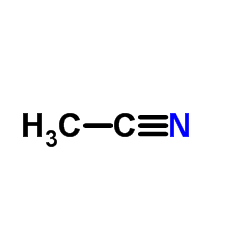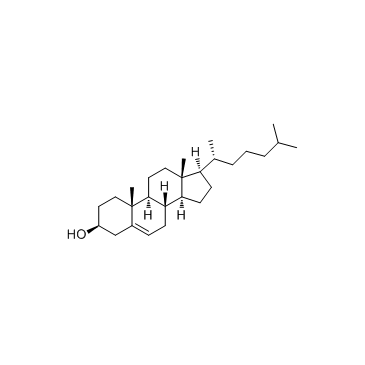| Structure | Name/CAS No. | Articles |
|---|---|---|
 |
Acetonitrile
CAS:75-05-8 |
|
 |
Methanol
CAS:67-56-1 |
|
 |
cholesterol
CAS:57-88-5 |
|
 |
1,2-Distearoyl-sn-glycero-3-phosphoethanolamine
CAS:1069-79-0 |